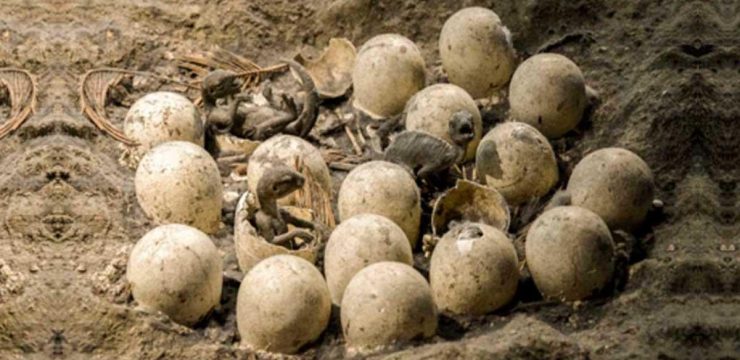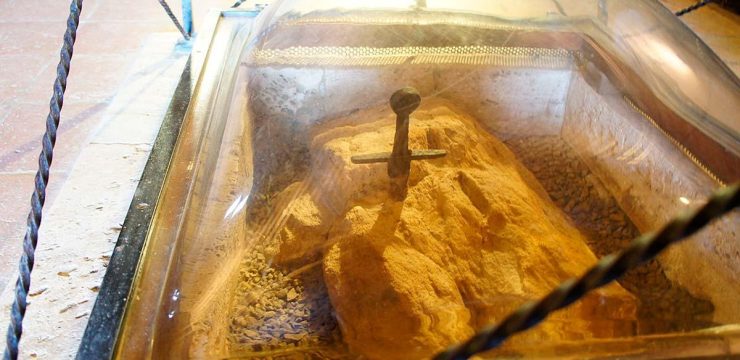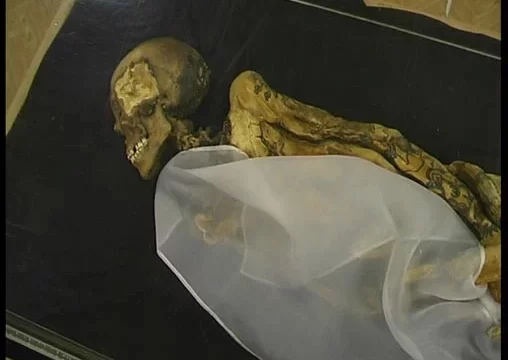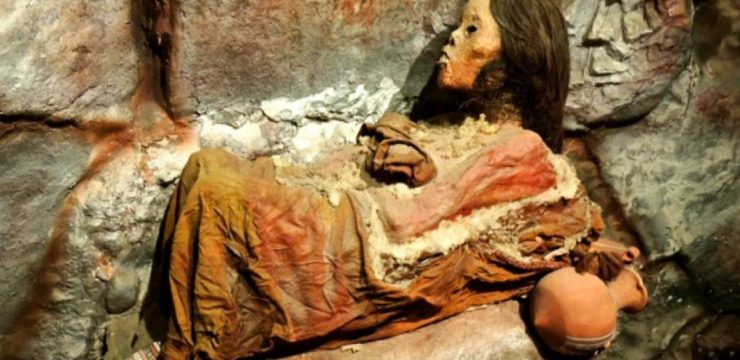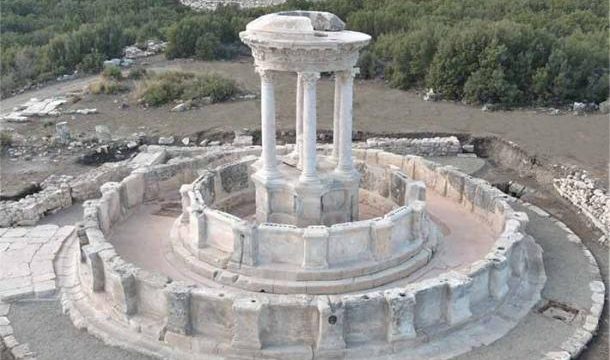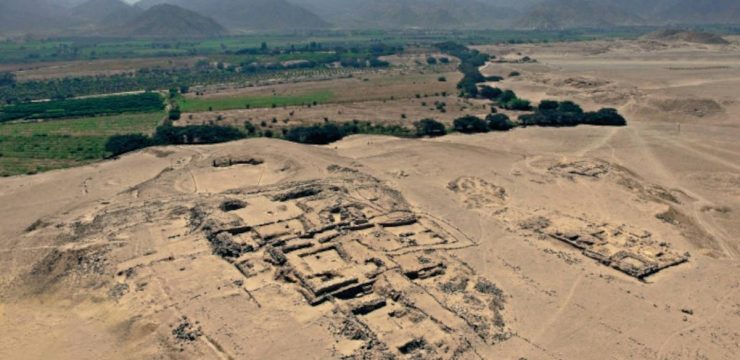In a remarkable fusion of past and present, an ancient Roman mosaic first unearthed in 1988 is finally being brought into public view in Colchester, England’s oldest recorded town. For over three decades, this stunning piece of Roman craftsmanship lay concealed beneath the pavement of a shopping mall, its intricate design hidden from sight while thousands of shoppers unknowingly walked above a relic of antiquity. Now, after years of anticipation, archaeologists have begun the meticulous process of excavating and preparing it for permanent display, allowing modern audiences to connect with a civilization that shaped the foundations of Britain.
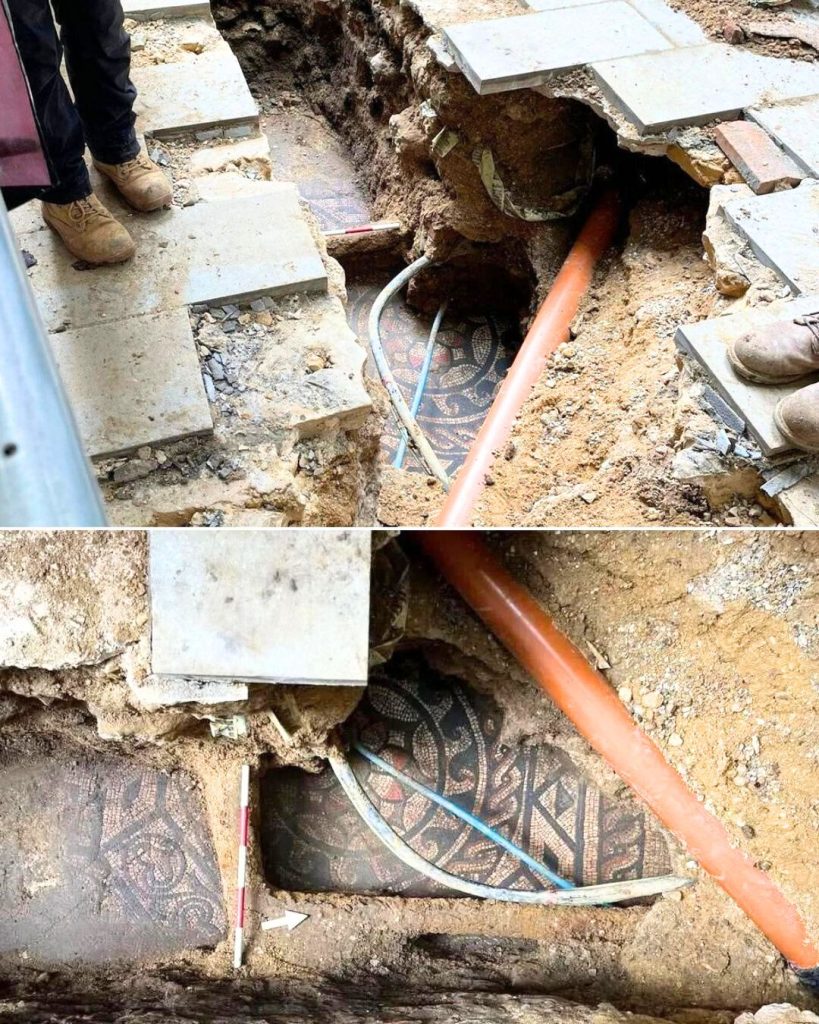
The journey of this extraordinary artifact is one defined by patience and perseverance. When construction crews accidentally discovered it in 1988 during the development of a shopping center, financial constraints left archaeologists with few options. Unable to excavate or preserve it at the time, they were forced to document the site, cover it, and rebury the mosaic for future generations. For 35 years, it remained undisturbed beneath the bustling commercial space, quietly waiting near what would eventually become a vape shop, an ironic juxtaposition between ancient artistry and contemporary culture.
As of March 2024, the long wait is over. A dedicated team of archaeologists has carefully begun the delicate process of uncovering the mosaic, gradually revealing its vibrant patterns and intricate details. Already, they have exposed roughly one-fifth of its total size, offering a glimpse into its artistic grandeur. The excavation has yielded exciting findings, including newly discovered sections of the mosaic that had remained unseen for nearly two millennia. With a well-structured timeline in place, the team expects to complete the excavation by late summer 2024, at which point the mosaic will be permanently showcased beneath a protective glass installation in Red Lion Yard, ensuring its preservation for generations to come.
The significance of this discovery extends far beyond the artifact itself. Colchester, with its deep Roman roots, has long been regarded as one of the most archaeologically rich towns in Britain. According to Philip Crummy, director of the Colchester Archaeological Trust, this mosaic adds to an already impressive portfolio of Roman artistry. “Over 40 mosaics have been recorded over the past two centuries in Colchester,” he notes, suggesting that the town may possess more Roman mosaics than any other location in Britain. This latest find strengthens Colchester’s reputation as a treasure trove of Roman heritage, further cementing its importance in the study of ancient Britain.
Colchester’s role in Roman Britain cannot be overstated. Situated approximately 60 miles northeast of London, the town—known to the Romans as Camulodunum—served as Britain’s first Roman capital, making it a focal point of military, political, and cultural activity. The legacy of its Roman past is still visible in the city’s impressive architecture and infrastructure, much of which remains remarkably well-preserved.
Among Colchester’s most notable Roman landmarks is the Balkerne Gate, Britain’s largest surviving Roman gateway. This imposing structure, built to guard the entrance to the city, features intricate architectural details and holds a somber historical significance. Excavations near the gate have revealed evidence of public executions, painting a vivid picture of the town’s darker past. Beyond this formidable gateway, Colchester boasts Britain’s earliest and most well-preserved Roman town walls. Spanning an impressive 2,800 meters, with some sections still standing over six meters high, these walls serve as a testament to the Romans’ engineering prowess and the city’s strategic importance in ancient times. The town also contains an extensive network of defensive structures, including multiple gates, watchtowers, and advanced drainage systems, showcasing the sophisticated urban planning that characterized Roman settlements.
The military significance of Colchester during the Roman era is evident in its origins as a fortress. Initially established as Britain’s first permanent legionary fortress, Camulodunum housed a massive military garrison, forming the backbone of Roman rule in the region. The fortress was meticulously designed, featuring an intricate road network, timber-lined basements, and sprawling barracks capable of accommodating large numbers of soldiers. Over the years, archaeological excavations have uncovered an array of military artifacts, including swords, armor fragments, and harness fittings. These discoveries provide valuable insight into the daily lives of Roman soldiers stationed in Britain, offering a glimpse into their training, combat strategies, and overall existence in a distant province of the Roman Empire.
Yet, beyond its military function, Colchester flourished as a hub of Roman culture and artistry. The town was home to grand temples, bathhouses, and an amphitheater that once hosted thrilling gladiatorial contests. The discovery of this latest mosaic further reinforces the city’s artistic legacy, highlighting the influence of Roman aesthetics in British history. Mosaics were a hallmark of Roman interior design, adorning the floors of luxurious villas, public buildings, and even religious sites. Crafted from tiny colored stones called tesserae, these intricate artworks often depicted mythological scenes, geometric patterns, or depictions of daily life, serving as both decorative elements and symbols of status.
The resurgence of interest in this mosaic underscores Colchester’s ongoing commitment to preserving its historical identity. David King, leader of Colchester City Council, aptly expressed the excitement surrounding the project: “It is glorious to see our rich history unveiled again.” This latest addition to the town’s wealth of Roman relics will not only enrich scholarly understanding but also enhance public appreciation of Britain’s ancient past. Once displayed under protective glass, the mosaic will become a focal point for visitors, historians, and enthusiasts eager to witness a tangible connection to a civilization that shaped the foundations of modern Britain.
As the excavation progresses, anticipation continues to build. The careful unearthing of this mosaic is more than just an archaeological endeavor; it represents a bridge between past and present, a reminder of the enduring legacy of the Roman world. With each tessera uncovered, the story of Roman Colchester becomes more vivid, offering new perspectives on life in Britain nearly 2,000 years ago. In bringing this hidden masterpiece back into the public eye, Colchester reaffirms its status as a living monument to history, a town where the echoes of Rome still resonate beneath the streets of modern England.
With the final stages of excavation set for completion in the coming months, the rediscovered mosaic is poised to take its rightful place among Colchester’s most cherished artifacts. Its unveiling will serve as a powerful testament to the town’s rich historical narrative, ensuring that the splendor of Roman Britain remains an integral part of its identity for years to come.
